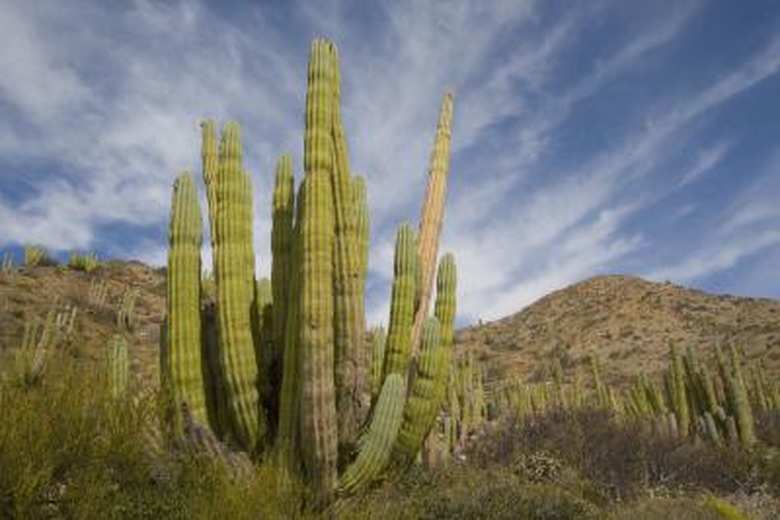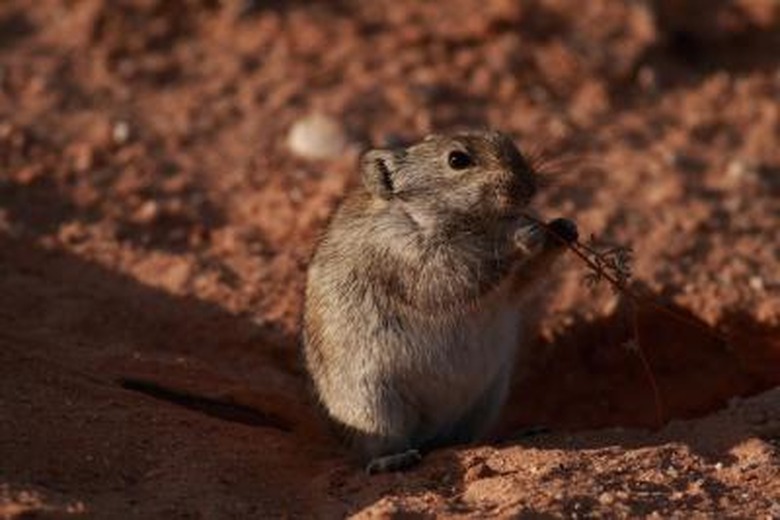Desert Ecosystems For Kids
An ecosystem involves all the living and non-living aspects of the area. Desert ecosystems are unusual because they are very dry and have specifically evolved plants and animals that can survive the local climate. Learning about desert ecosystems can be fun when doing educational activities and projects about their different aspects.
Keep reading to learn more about the desert for kids and adults alike!
Describe Desert Climate
Describe Desert Climate
If we are going to define desert, you look at the amount rainfall. Deserts are often hot during the day and cool at night, but there is some variation.
A fun way to learn about the desert for kids is to do a temperature and rainfall map. Start with a map of the world with the desert areas outlined. Have kids research the temperatures of each of the deserts and categorize them by temperature. Color code the deserts according to temperature.
Give them a clear sheet such as an overhead projector page and have them do patterns over the deserts based on the average yearly rainfall.
Animals
Animals
The animals that live in the desert are specifically adapted to the environment. One desert ecosystem learning activity involves animal projects. You can tell kids about the adaptations of different animals for the desert or have them read and research them on their own. Then ask them to design their own desert dwelling animal. Kids can apply the information they learned to create their animal and then explain why their animal would do well in the desert environment.
Plants
Plants
Certain plants are also adapted for desert life. They have evolved to live on very little water in very hot climates. Learning about the desert for kids can start with desert caring for a desert plant like a cactus. This can be a project for an entire class or just one kid.
Extensively research the requirements for the plant, and set up an area for it that has the right amount of sun or light. Have children make a calendar for watering the plant, describe desert plant needs, and the amount of water needed. The most important part of this project is the planning. You can then compare the needs of the desert plant to that of a rain forest plant.
Sand
Sand
A desert ecosystem not only includes the climate and living things, but the soil and sand as well. For kids, learning about soil can be very boring, because it's all about the types of materials in the soil.
One way to make this more interesting is to create small bowls of different things that can be found in the desert soil such as sand and small amounts of dead plant matter. You can set it up in proportions so that they can see how much of one material there is compared to another.
Have kids describe desert soil/sand vs. forest soil. They can then see what's in the soil and feel the materials. After looking at them individually, kids can combine the materials to create their own desert soil.
Cite This Article
MLA
Wilson, Halley. "Desert Ecosystems For Kids" sciencing.com, https://www.sciencing.com/desert-ecosystems-kids-8029364/. 22 November 2019.
APA
Wilson, Halley. (2019, November 22). Desert Ecosystems For Kids. sciencing.com. Retrieved from https://www.sciencing.com/desert-ecosystems-kids-8029364/
Chicago
Wilson, Halley. Desert Ecosystems For Kids last modified August 30, 2022. https://www.sciencing.com/desert-ecosystems-kids-8029364/




